Anglers Reels In Huge Spillway Fish, Even They Were Stunned
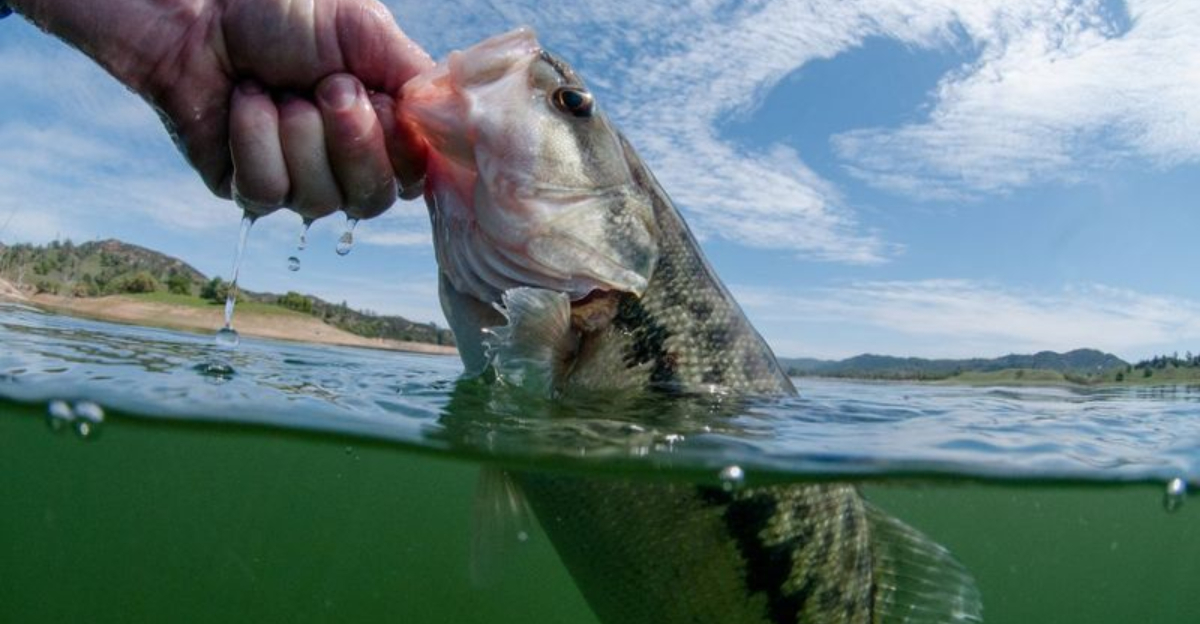
Fishing at spillways often yields surprising catches, but some anglers have hooked into monsters that left them speechless.
These underwater structures create perfect habitats where predatory fish grow to shocking sizes. From record-breaking bass to prehistoric-looking giants, here are twelve incredible stories of massive fish caught in spillways that stunned even the most experienced anglers.
1. Surprise Trophy Bass At A Spillway
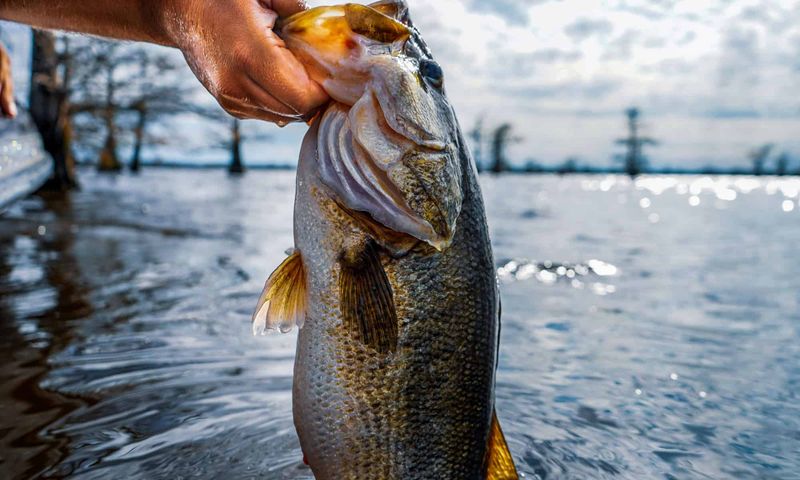
YouTube fishing star Ben Milliken turned a disappointing winter outing into gold when he landed a behemoth largemouth from a private dam spillway. The fish appeared seemingly out of nowhere.
What makes this catch remarkable wasn’t just its size but the location. Trophy bass typically inhabit deep lakes or fertile ponds – not small spillways. This catch proves monster fish can lurk in overlooked spots where current delivers easy meals.
2. Why Spillways Attract Big Fish
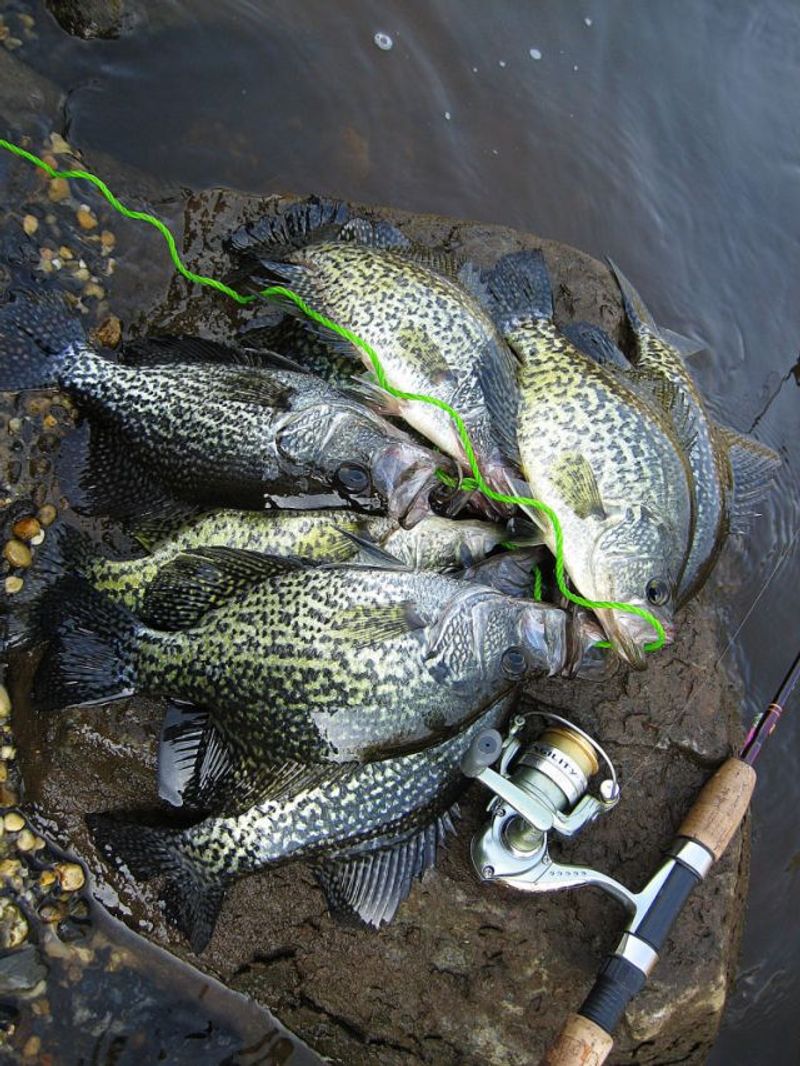
Spillways function like natural fish magnets. The churning water creates oxygen-rich environments while simultaneously disorienting smaller prey fish, making them easy targets.
Larger predators stake out positions downstream where they can ambush these confused baitfish with minimal effort. The continuous flow also prevents water from stagnating, creating ideal conditions year-round. Many record catches happen where water funnels through these man-made structures, creating perfect hunting grounds for apex predators.
3. Abundant Food, Bigger Fish
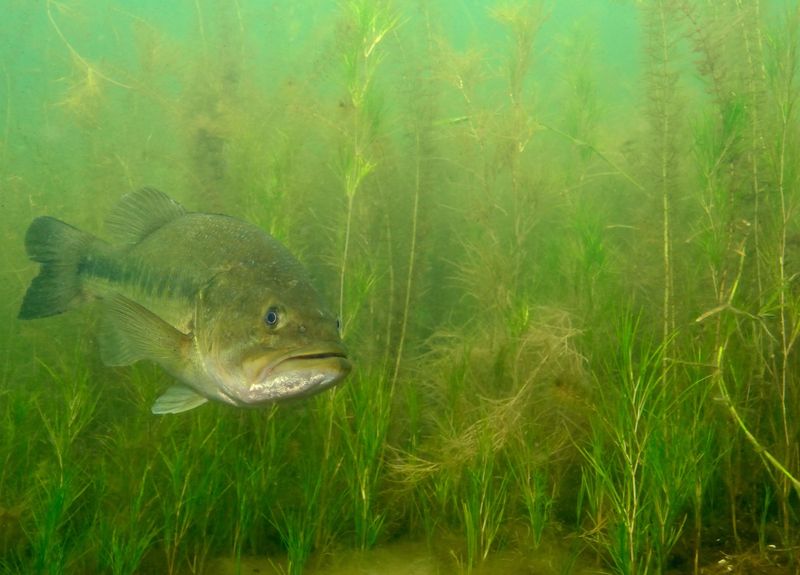
Fish size directly correlates to food availability. A bass requires roughly ten pounds of forage to gain just one pound – meaning trophy specimens have consumed hundreds of pounds of prey!
California reservoirs regularly stocked with rainbow trout produce some of America’s largest bass. These pampered predators gorge on protein-rich meals, growing far beyond average size. When spillways concentrate this forage, they essentially create all-you-can-eat buffets where fish can quickly bulk up.
4. Genetics Play A Role
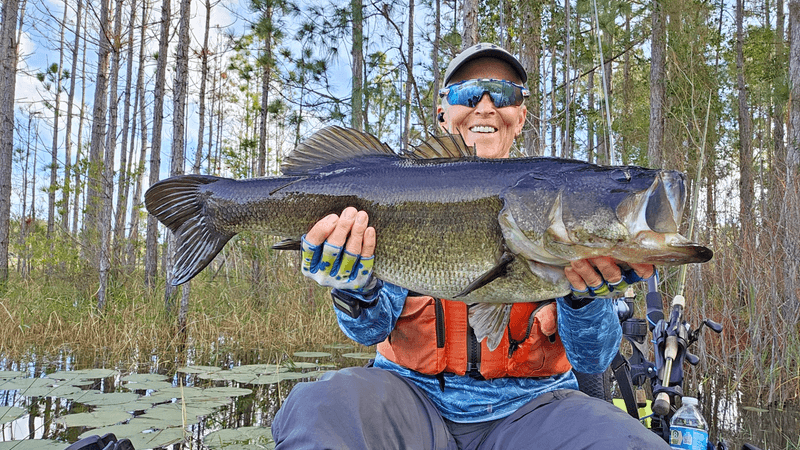
Not all fish are created equal when it comes to growth potential. Florida-strain largemouth bass possess genetic advantages allowing them to reach massive sizes compared to their northern cousins.
Wildlife agencies have capitalized on this by stocking these growth-oriented fish across the country. The results speak volumes – most state record bass carry Florida genetics. When these genetically gifted fish find themselves in nutrient-rich spillway environments, they can reach truly spectacular proportions.
5. Longer Growing Seasons = Larger Fish
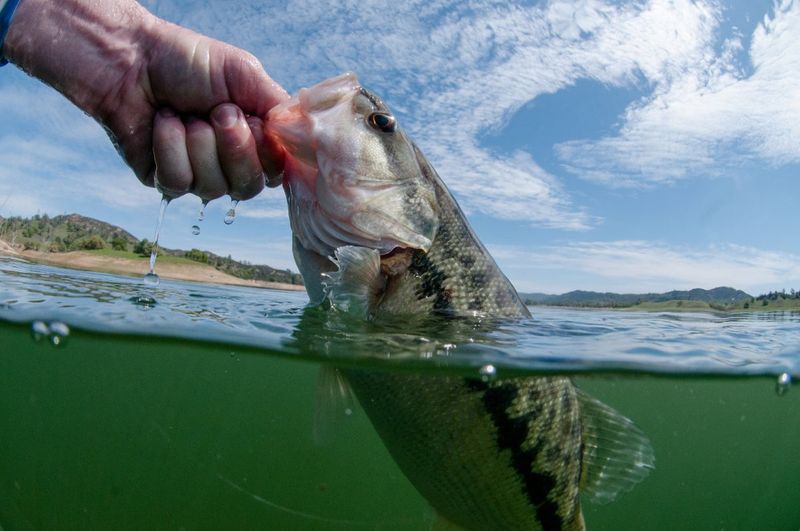
Southern waters produce bigger fish for a simple reason – extended feeding opportunities. While northern fish hibernate through winter, southern specimens continue growing year-round in warmer climates.
This advantage compounds annually. A ten-year-old bass in Florida might have several more years’ worth of effective feeding time than its northern counterpart. Spillways in these regions benefit doubly – they concentrate food and remain productive even during cooler months when fish in other habitats slow down.
6. Let Them Grow Old
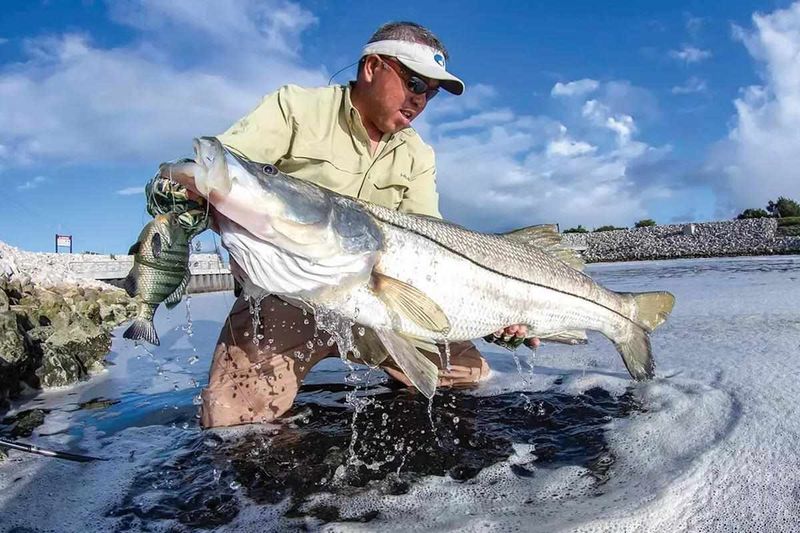
Trophy fish aren’t born – they’re made through years of survival. A truly massive specimen has likely evaded hooks, predators, and environmental challenges for many seasons.
Catch-and-release practices play crucial roles in developing trophy fisheries. When anglers return big fish to spillways, they’re essentially investing in future giants. Some legendary spillway monsters have been caught multiple times over decades, growing larger with each release and becoming local legends among fishing communities.
7. No Fixed Size Limit
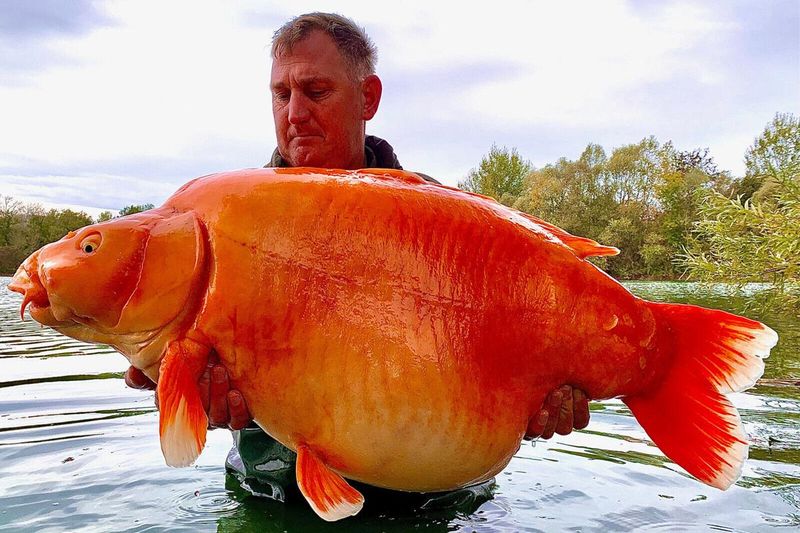
Unlike mammals, fish possess indeterminate growth – they continue expanding throughout their lives as long as conditions remain favorable. This biological quirk explains why truly ancient specimens reach such staggering proportions.
Scientists have documented this phenomenon across species. A 20-year-old bass might weigh twice what it did at age 10 if food remains plentiful. Spillways provide ideal conditions for this continued growth, offering consistent food sources that allow fish to maximize their genetic potential over extraordinary lifespans.
8. Females Are Often The Giants
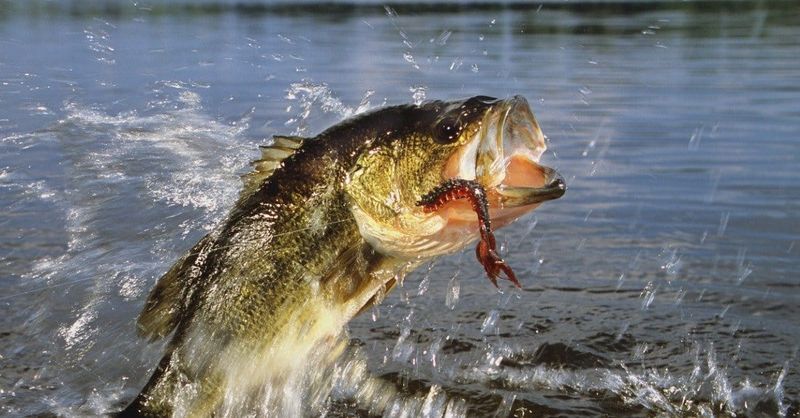
When you spot a truly massive bass, you’re almost certainly looking at a female. The biological reality is simple – female bass consistently outgrow their male counterparts.
This size difference stems from two factors. Females naturally live longer, giving them additional years to pack on weight. They also develop larger bodies to accommodate egg production – a single large female can carry 80,000+ eggs! Spillway structures provide these big mamas with perfect ambush points to efficiently feed their larger frames.
9. Legendary Record Bass
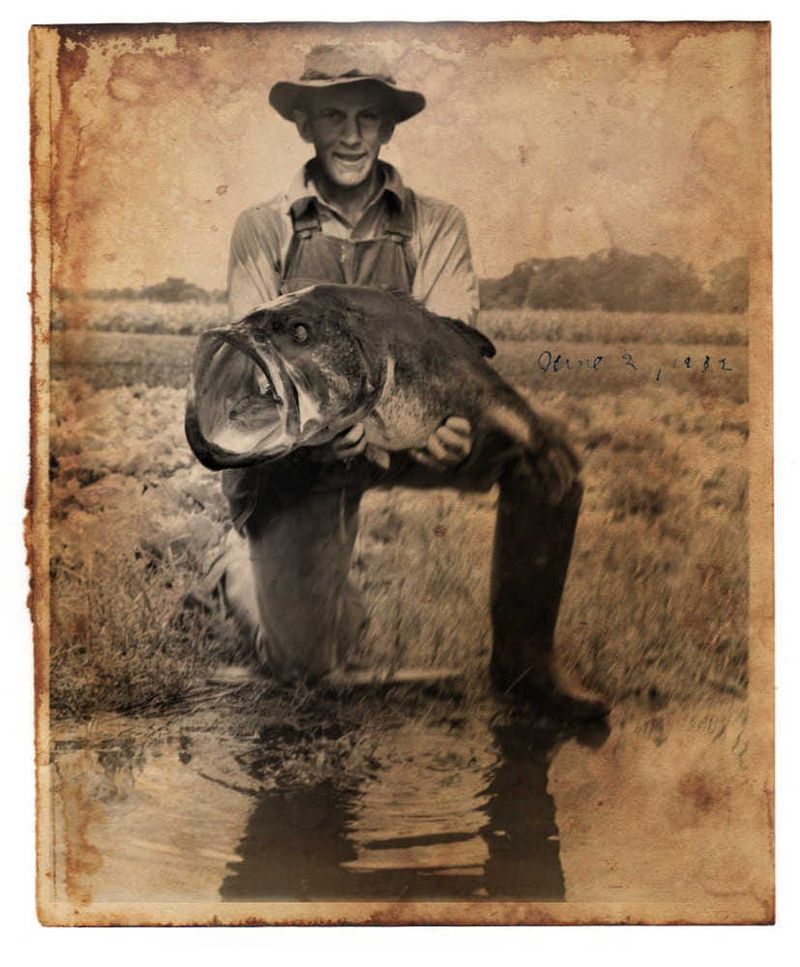
George Perry’s 1932 world-record largemouth (22 pounds, 4 ounces) has achieved mythical status among anglers. For nearly a century, this Georgia giant has withstood all challengers.
Only about twelve bass worldwide have officially broken the 20-pound threshold. This rarity highlights how exceptional trophy fish truly are. While many modern catches occur in managed waters, Perry’s historic bass came from a natural waterway – proving that unaltered systems like spillways can produce once-in-a-lifetime specimens under perfect conditions.
10. Freshwater Giants
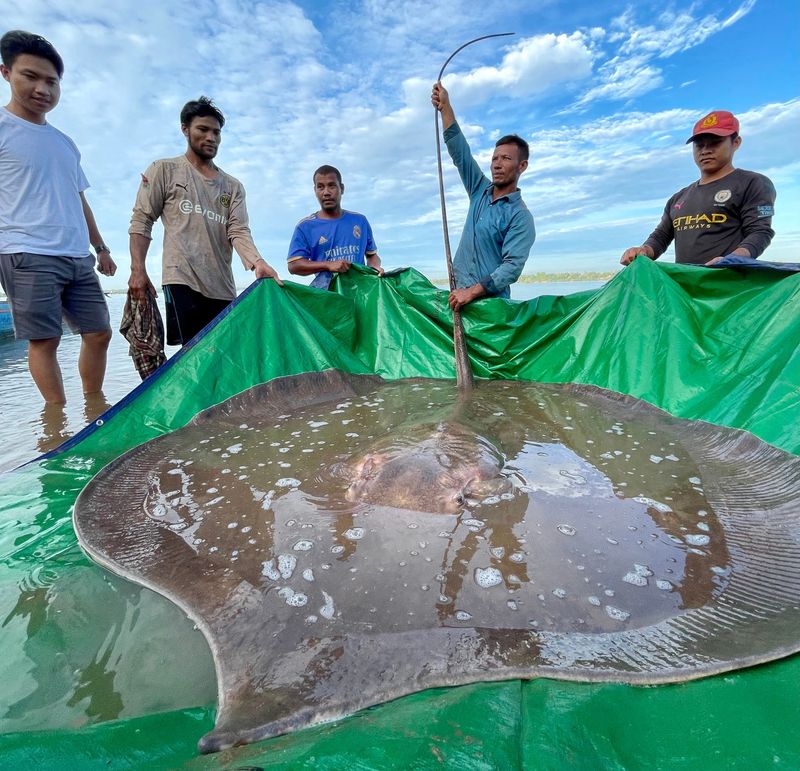
The world’s largest documented freshwater fish isn’t a bass but a mammoth 661-pound stingray caught in Cambodia’s Mekong River in 2022. This behemoth eclipsed the previous record holder – a 646-pound Mekong giant catfish.
Many river giants inhabit dam tailwaters where spillways create ideal habitats. These areas concentrate nutrients and provide stable environments where fish can reach extraordinary sizes. Unfortunately, many of these species face extinction threats from habitat destruction and overfishing, making each encounter increasingly precious.
11. Managing For Monster Fish
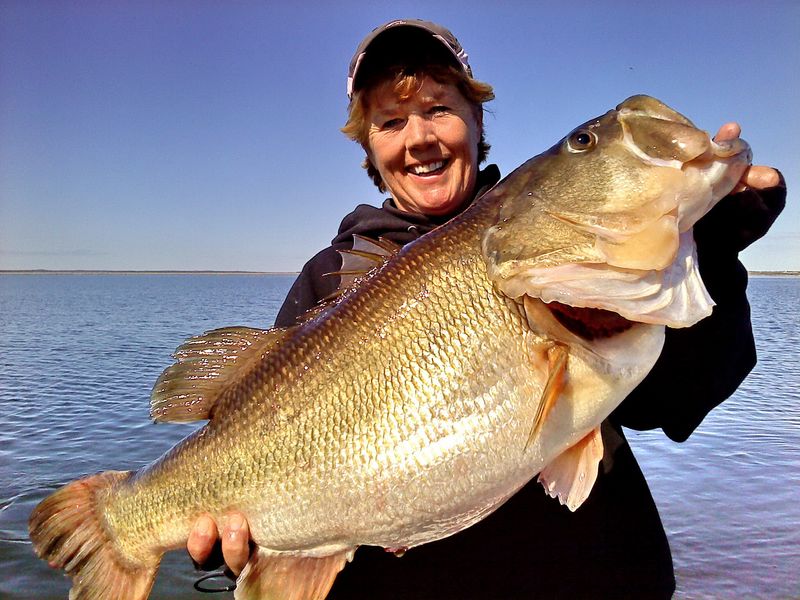
Texas’s innovative ShareLunker program transforms trophy bass into breeding stock. Anglers donate 13+ pound bass to state hatcheries where biologists spawn them, creating fingerlings with monster genetics.
These selectively bred fish then stock public waters, dramatically increasing trophy potential. The program has revolutionized Texas fishing – double-digit bass catches have skyrocketed in recent years. Similar approaches nationwide now focus on managing spillways specifically for trophy production, recognizing their unique potential for growing exceptional fish.






